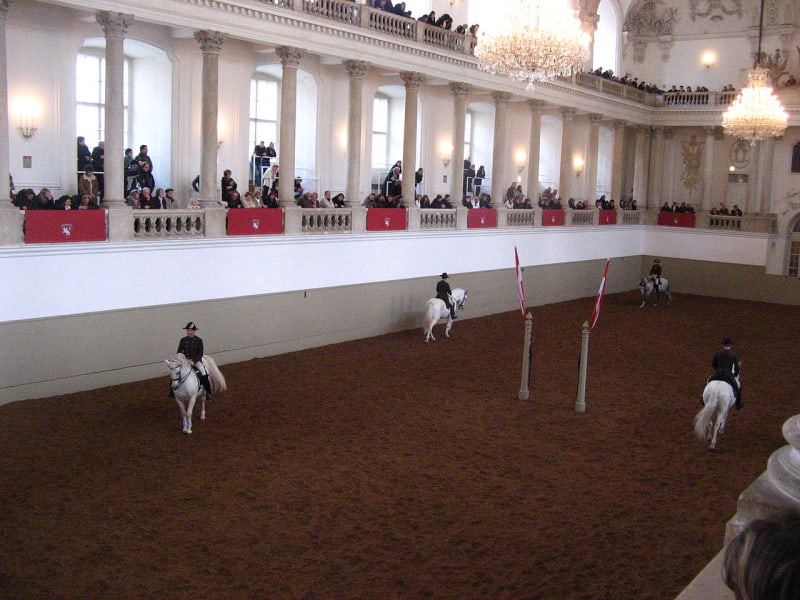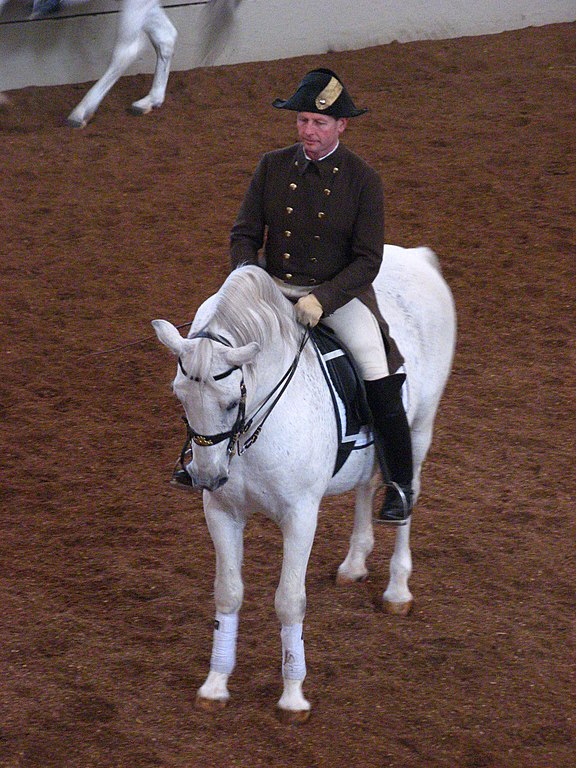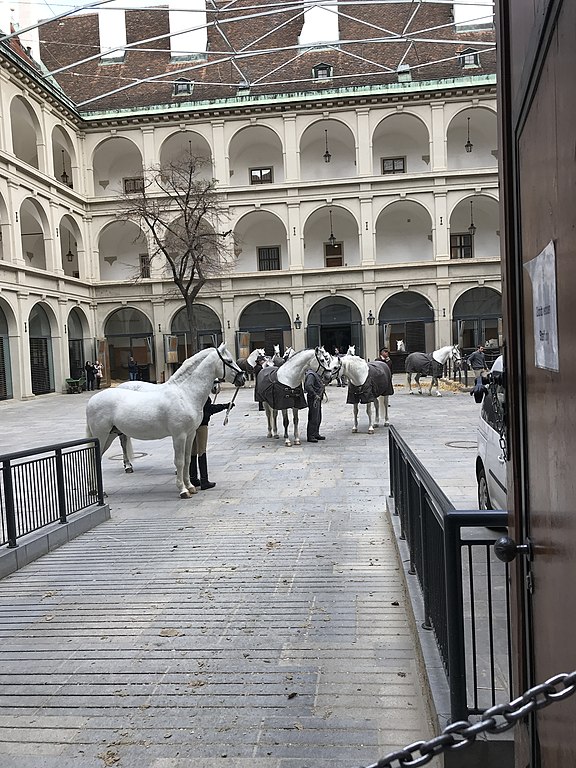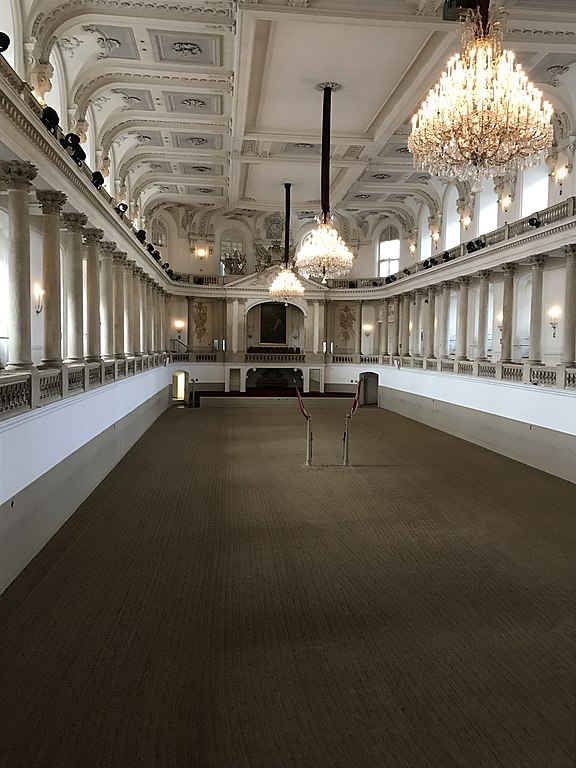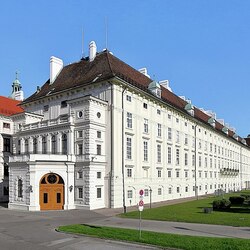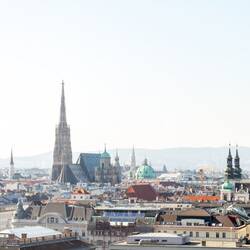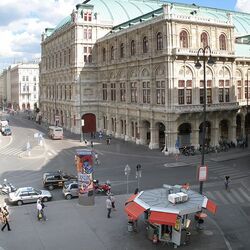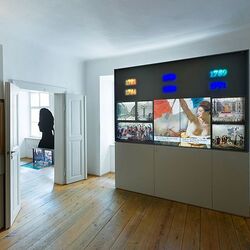Spanish Riding School
The Spanish riding School is one of the attractions of Vienna. The oldest school was established in the middle of the 16th century, it is located in the palace ensemble of the Hofburg winter royal residence.
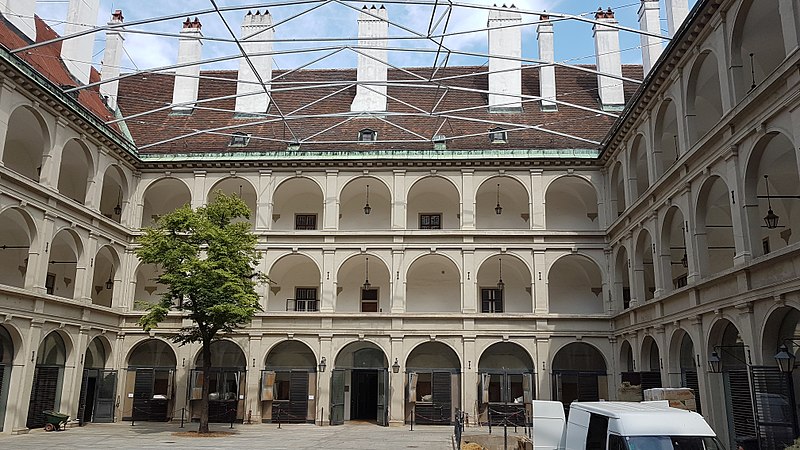
This is the only educational institution where the true ancient traditions of classical Renaissance riding have been cultivated and honored for 450 years. At that time, purebred Spanish stallion breeds were valued, and with them the art and style of riding developed in Spain spread to Europe. The style was characterized by strong contact between the rider and the horse, and the riding itself was accompanied by the performance of elements of high technical complexity. Many elements were borrowed from combat techniques, requiring serious training and coordination of the actions of the rider and horse.
History of the school
The beginning of the work of the Spanish Riding School is considered to be 1572, when, at the behest of Charles II, the first wooden stable was erected. The purpose of this event was to give riding lessons to aristocratic people. At first, only horses of the Spanish breed were bred, then work began on breeding new breeds, as a result of which lipicians were bred. As a result of crossing several thoroughbred horse species brought from different parts of Europe and Asia, a naturally balanced breed of horses with correct posture, flexible neck, and strong legs was obtained. This structure is ideal for horses performing complex tasks.
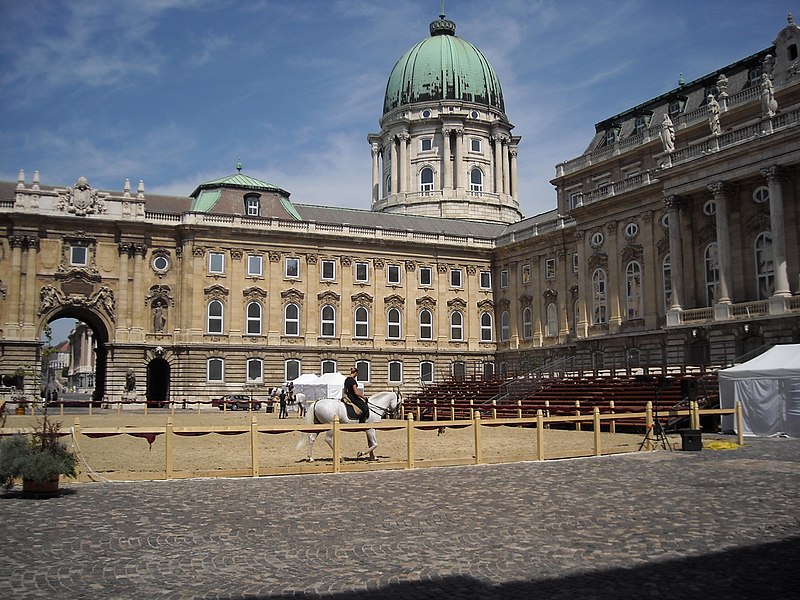
In 1681, Emperor Charles VI issued a decree on the creation of a project for a covered stone arena in the Hofburg Palace. Its construction was carried out from 1729 to 1735. Architect Joseph Emanuel Fischer von Erlach was commissioned to create the building's design. A magnificent large winter arena was built, the architecture of which is more like a palace than an arena. The glittering white hall, decorated with columns, has two tiers for the audience. A portrait of Emperor Charles VI riding a Lipitian horse still hangs on the wall opposite the box. According to the established tradition, the guards, leaving for the arena, salute the emperor.
In 1918, after the end of the First World War, the village of Lipica became the property of Italy, so the stud farm was moved to Piber, where it continues to be located.
Horse training
Currently, the Spanish Riding School works exclusively with Lipitian stallions. This is a friendly breed of horse, characterized by plasticity and a desire to work in tandem with the rider.
At school, stallions begin training at the age of three, and for the first time they get used to the saddle and the working environment. This period is called warming up, it lasts about six months. Then, gradually, instructors start working with them. After the first year, the stallions switch to step-by-step training, from simple exercises to more complex tricks. Horses receive a full training course after 8-10 years. Only horses with highly honed skills in performing the elements are allowed to attend the performances.
Tutor training
You can apply for training as a trainer from the age of 18, and the applicant must have no experience riding horses. Each student is trained on an experienced horse, then begins to train a young horse from the very beginning. The training lasts for several years. In the first six months or a year, only correct posture is developed. Then the student is transferred to a more experienced horse. The rider is ready to perform the elements of higher education in the third year of study. The full course of study lasts 6-8 years, after which work continues to improve their skills.
Morning workouts
On weekdays, during morning workouts, the arena opens its doors to visitors. In the morning, horses strengthen different muscle groups, croup and hind legs. During training, horses are released, their muscles are allowed to relax, and then the program elements of higher education are instilled and practiced. Such trainings help to improve the performance of numbers during performances.
Representations
On weekends, the school hosts fascinating performances that are not inferior in entertainment to circus performances. To the music of Strauss and Chopin, graceful white horses of the Lipitian breed enter the arena, under riders in white tailcoats. They perform elements honed over the years, leading the audience to delight. The ballet of the white stallions is considered the most charming number. The elements they show in the arena go beyond the limits of understanding the abilities of horses.
In addition to an exciting performance, the Spanish Riding School invites tourists to the Lipitian Horse Museum, as well as to visit the Imperial Stables. In 2015, the Spanish Riding School was listed by UNESCO as a cultural heritage of mankind.
